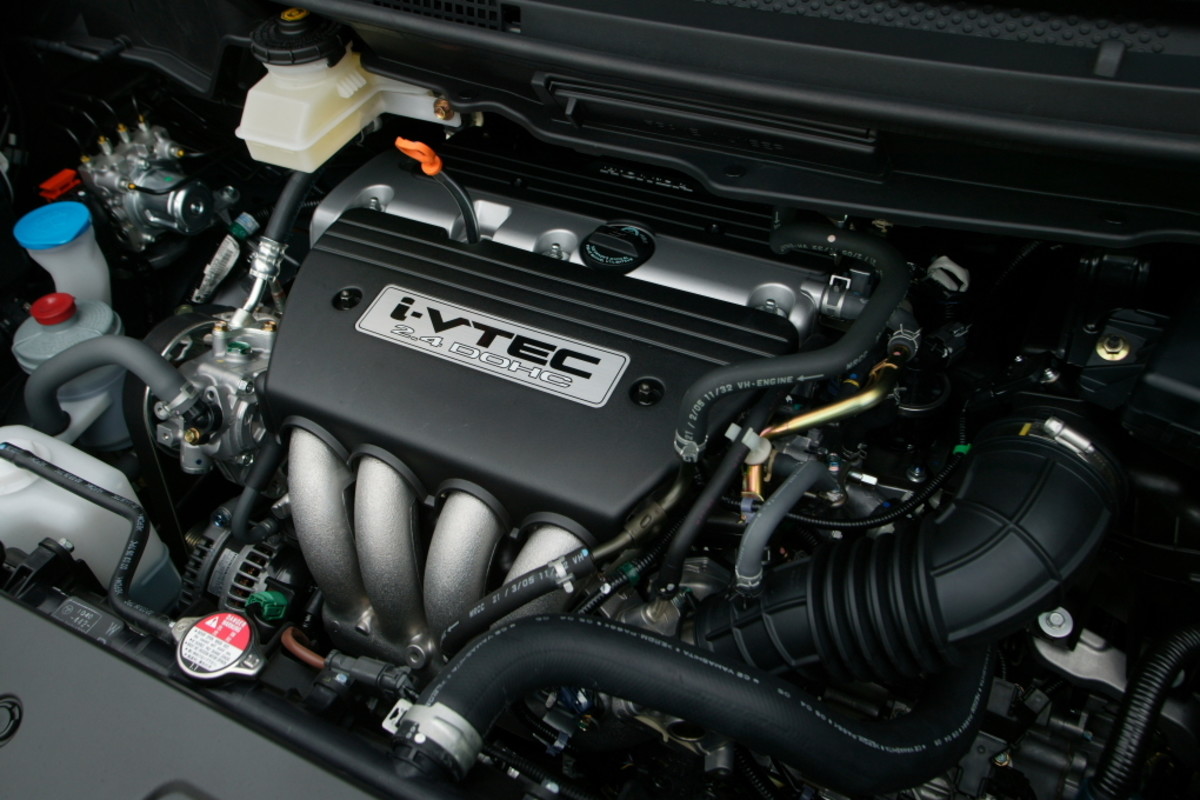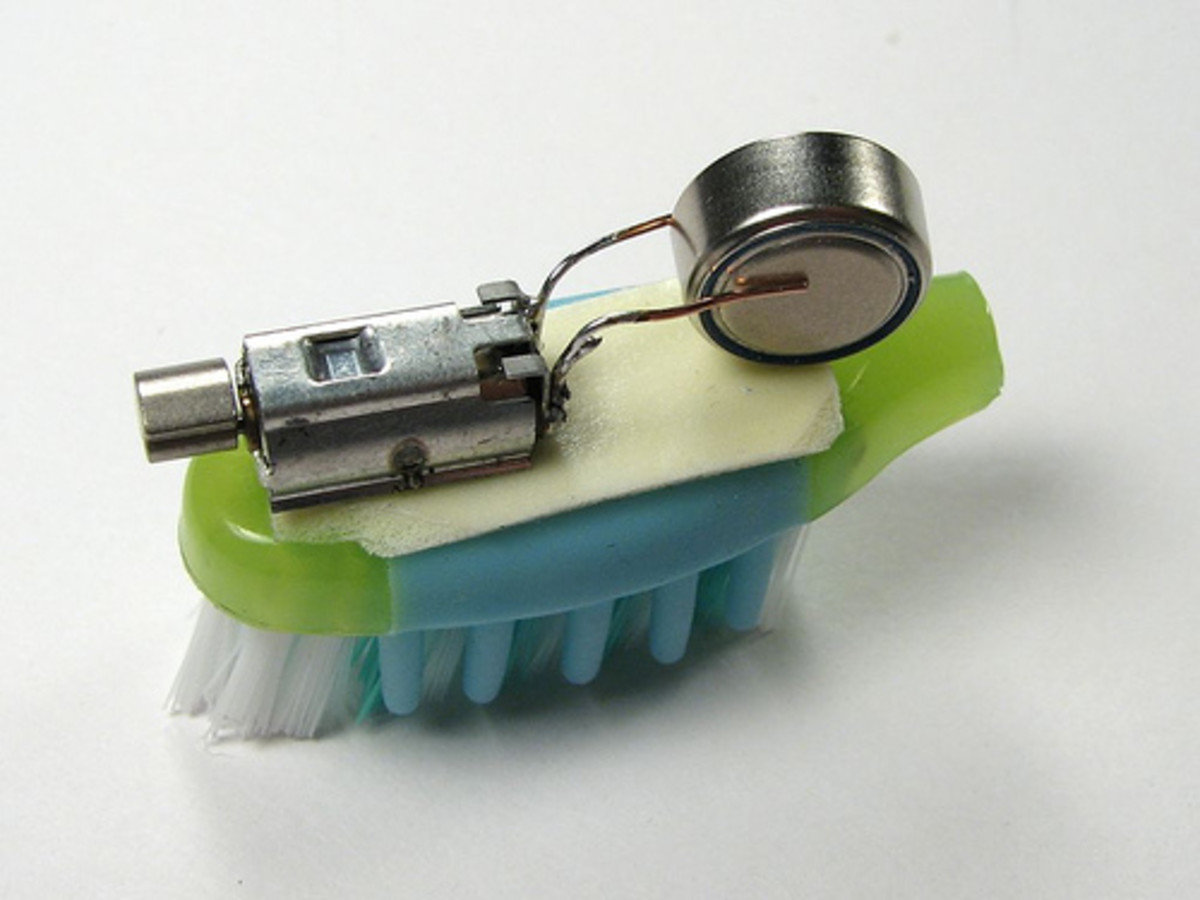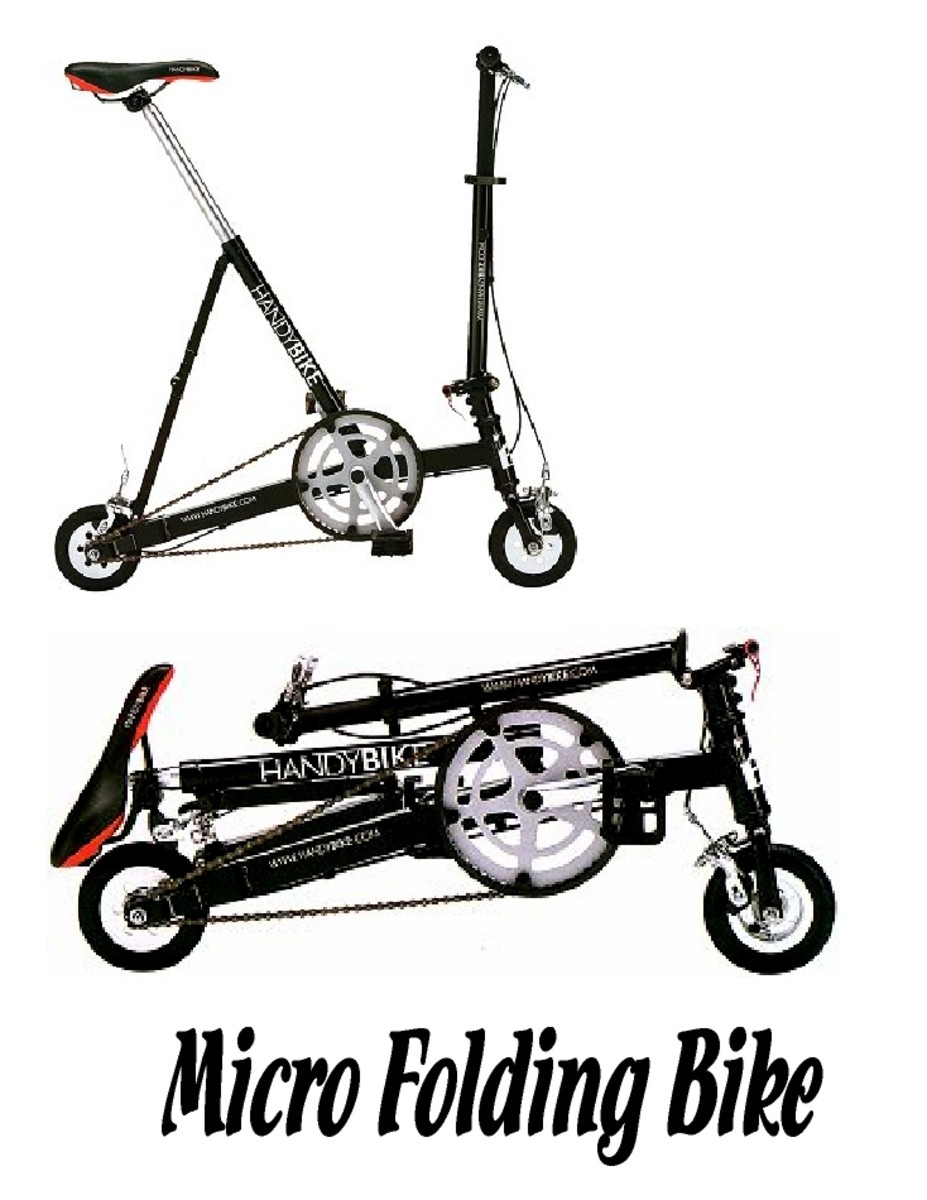why I love Honda cars and bikes
Honda engineering excellence
I have been a fan of Honda's engineering for more than forty years.
From the start Honda vehicles design and build were top class. Their tiny 29cc motorcycle motor is built to the same high quality standard as their luxury flagship limousines. This was not the case for most manufacturers.
The first Honda cars in Australia resembled their motorcycles mechanically.
They made 2 models that were air cooled small capacity vans that were quite good, but like motorcycles, if the motor is small it works hard.The smaller one had a motorcycle motor of only 360cc. the other was a 600cc motor.
There was very little difference in the two cars, but as with the later S series the larger motor came with some extras, and a price rise. I drove both of these machines when they came out, and build quality was excellent.
If you were not a lead foot, you could get around 60mpg at normal traffic speed from the 360.
Honda N360
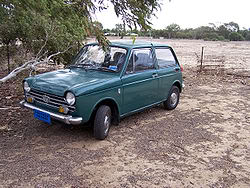
These two little Hondas were a terrific idea at the time, with very low fuel consumption, plenty of space, good lights and brakes.
The body was prone to rust when left without maintenance and these cars are rare today except in dry areas where rust was not a problem. The motor was a simple air cooled single overhead camshaft motorcycle motor very similar to the CB360 motorcycle motor in design.
The bigger 600cc motor handled loads better and was stronger on the hills, and although a little more expensive, this model was used extensivley as a small delivery van.
The simplicity was brilliant. You could pull the motor out, rebuild it and have it finished and back in the car in half a day.
The body panel were very light and made from wonderful steel which could be moved by pressing on it with your thumb. If you got a small dent you could just push the metal back in to shape.
N600 Honda
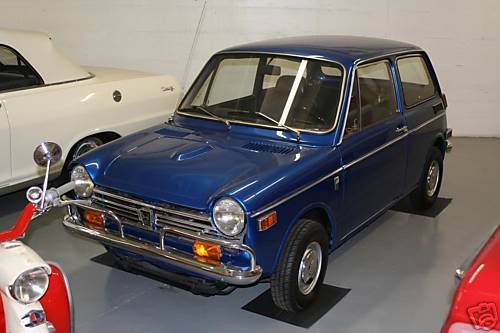
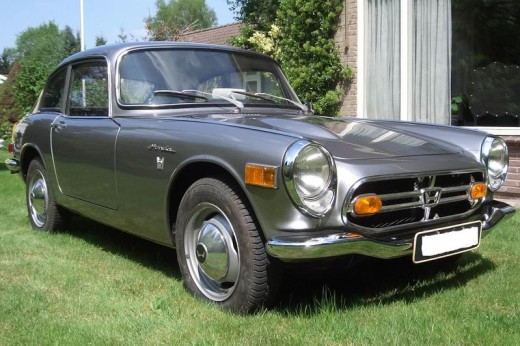
Honda S800
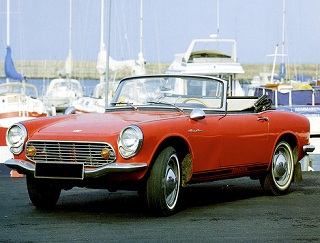
Then the fabulous little S600 sports car came out, followed by the even faster S800 which had all the motorcycle racing technology Honda had been developing to produce horsepower through high revving motors that developed respectable horsepower . It may have been small, but it was quick and would top 160kph or 100 mph out of less than a litre of engine size!
I recall even the earliest models of Honda cars as being very quick with a long life especially of components like brakes and tyres. Those smart enough to buy new Honda's were rewarded with a very reliable small car that was cheap as dirt to run.
Once Honda had built a range of strong small cars they moved the stakes up and came out with the bigger Accords and then entered the luxury market with the then exotic "Legend" It was beautiful back then.
It had better than decent brakes, a 2.7 litre motor and although a bit heavy was a fairly quick touring car that was great around town and very comfortable with every luxury they knew about.There are still plenty on the roads of the world today.
Innovative design may be the secret to Honda's constant success but only because it is backed by impeccable engineering standards.
I have, on the whole experienced Honda car and motorcycles, to provide a general level of maintenance access serviceability and mechanical design that has been overall as good or better than any thing built.
I suspect. Mr. Honda and his teams of world class engineers may know how they have managed so well against the huge Toyota group.
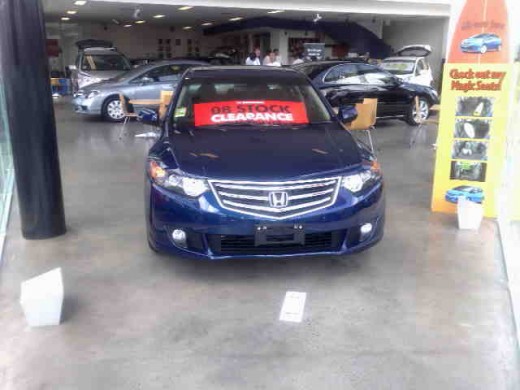
Honda longevity
Honda's Track record is very good.
Let me say there are no really bad cars or bikes being made by the big 4 or 5 now, just some that are better than others at a particular job.
Yamaha Kawasaki Suzuki and Honda are strong competitors across a wide range of motorcycles.
Suzuki build nice cars as well but in my view their cars are mostly purpose designed to fit a price
I particularly like the Honda Euro from the Accord range. The fly by wire is a joy, car control is top draw, it is economical even when driven badly as it corrects crappy input.
Although I love the safety being offered in their top of the range euro, it comes at a pretty stiff price. Still, what price safety?
I still own a 1984 Honda mini car to get around in the inner city as I still can't buy anything as good as it.
It has done over 300,000 kilometers, has always been cared for properly and drives like new without ever having had an engine overhaul.
I put this down to a couple of things. I have not let anyone else work on it, and I keep the oil and air-cleaner fastidiously clean
I have owned an early Accord and apart from 2 design faults (petrol pump on this and several other models of Accord were terrible and prone to failure, the body on this model was prone to rust if the water release channels were allowed to remain blocked. It was a superb little car and very reliable once sorted out.
I have Owned 5 Honda cars. My family and shop managers all ran Honda's.
Honda's
suit a wide range of driving styles as the motors are designed with a
lot of technology to advance and retard engine timing ( both valve and
ignition timing) so that low down torque and good power throughout the
rev range make for good acceleration combined with great fuel economy.
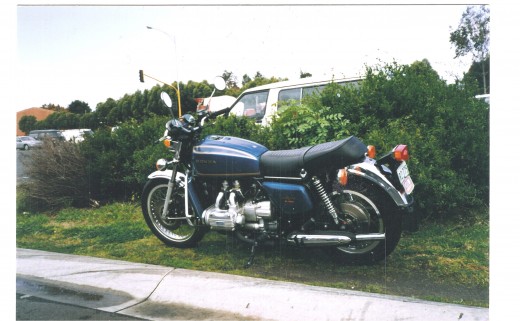
Motorcycle rally in the city
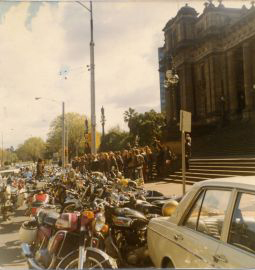
Early model TC120 Suzuki
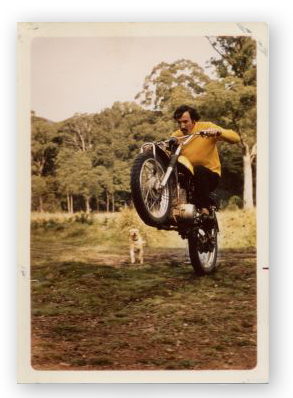
Honda motorcycles.
I saw my first Honda in Australia. I was about 10.
As a young man of 23 I owned managed and consulted to motorcycle shops until I retired at 50. I have stayed in touch since.
During all those years, like many enthusiasts,I kept a stable of favourite motorcycles to enjoy. I would keep a bike until through my shop I found something better to play with.
Looking back, I have owned a lot more Honda's than any other makes and models of motorcycles.The reason? Better overall engineering.
I have ridden, bought and sold more Honda's than any one of the other famous makes simply because they were plentiful and easy for me to sell as I like them enough to believe I was selling a very good product.
Despite gaining a reputation of complexity the 305cc Honda Dream was well named. It was a dream to ride and own at the time.The quality from the early model Honda's up to the current road and dirt machines has remained good, so they have always been good to own, service and ride.
The big feature of the dream was that for the first time in history you could ride a road motorcycle in a suit. The dream was so clean and oil free on the outside.Very different from the British offering which still dripped and sprayed it's fluids all over you. or the European bikes that although not as dribbley as the English bikes were still not without the odd oil leak.
Honda spare parts were always fairly easy to find and they offered a wide range of high quality motorcycles across every market, and continued to dominate or at least stay close to the top in all the motor sports for many years. Sometimes they were way out in front, but seldom behind the other big three Japanese makes and with few exceptions well ahead of all the other European offering.
I started motorcycling with an English Royal Enfield 2 stroke of 123cc with a hand gear change. The speedometer indicated a top speed of 45 mph. The bike did not get over 30mph unless it was downhill or you threw it over a cliff.(sometimes tempting with the Enfield!).
Nice Arial 600 single outfit
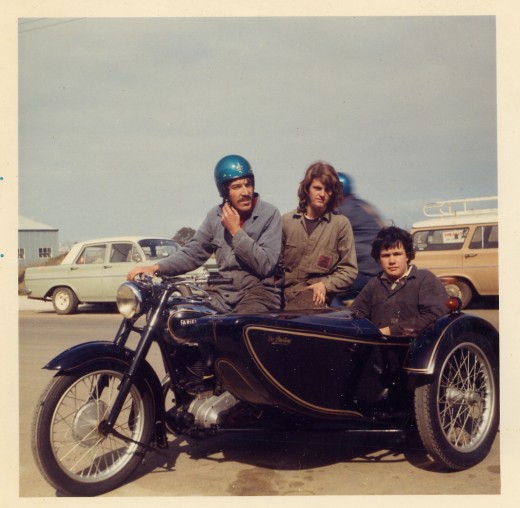
My first motorcycle shop 1967
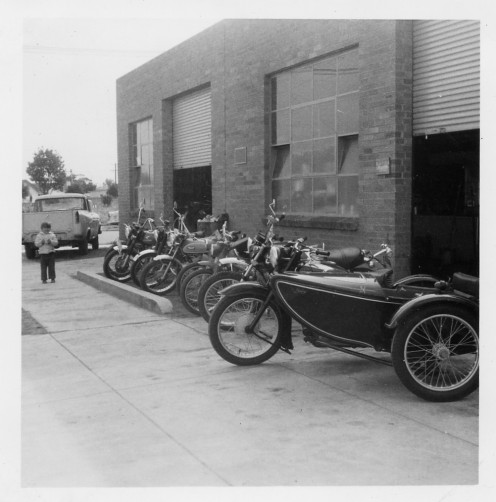
Collectable?
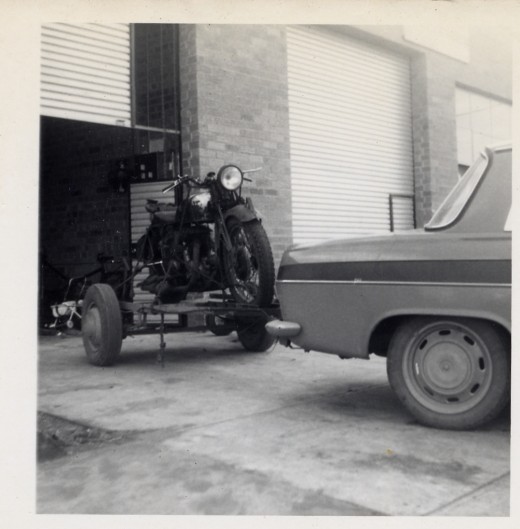
Honda and other Japanese motorcycle development.
The Japanese motorcycles, small and powerful at first, soon grew in size and performance to surpass all but the most advanced Euro and American offering.
First we had small and medium small bikes enter the market but they were quickly followed by real performance big bores with masses of horsepower.
The first wave of Japanese bikes had a few problems but nothing too serious. Philips head bolts were not that serviceable on the early models especially Yamaha dirt bikes, and when they needed a cover removing and replacing new screws were often needed each time.
They had the usual niggling faults, like switches and wiring annoyances as well but were pretty sound and very reliable if looked after.
The Japanese motorcycles manufacturers quickly fixed these and other problems across the full range from 50cc upwards the British did not..
Honda Suzuki Kawasaki and Yamaha motors all fixed weak clutches, casing bolts, gearboxes and ignition systems usually on the next model with exceptions.
The later model motors up to and including today's offering from the Japanese are works of engineering art at it's best.
Honda's beautiful Z50 motors are a case in point. Start with a gentle push of the hand and it is barely audible at idle.
The finish and quality of the metal used, the machined surfacing and gaskets, the whole thing is almost perfect and makes no audible mechanical sound and almost no exhaust noise as a bonus.
The 2 stroke offerings from all four major Japanese makers were also amazingly clean, easy to start and well presented by comparison to earlier models, and all this happened within just a few years.They are out of fashion as road bikes currently due to pollution problems with 2 strokes.
I saw all this development from Japan, a bit from Italy and America and by this time had ridden most of the big stables including the up and coming Ducati, Laverda etc and knew my bikes pretty well.
I had particularly enjoyed Honda's for their bolted on reliability and had a couple of 50's a 125 twin a 250 dirt bike, a 125 trials bike a 1000cc 6 or two and a gold-wing in my Honda stable all at one time.
I also had a couple of favoured model of Kawasaki such as a 'Bighorn" for the dirt and an old 900 for the road as well as a much loved, seriously hot 3 cylinder air cooled Suzuki two stroke which went like hell.
I had favourite Yamaha's I kept for a fair while. An XS650 and an XS1100 . When I found a bike I liked more than something in my collection I could simply put mine on the sales floor and keep the new one, so I changed rides pretty often.
Even these great companies made many design mistakes, Honda included.
To be brief I will simply say it always surprised me how one make would run a bad component that was expensive to replace while another component would be a third the price and unbreakable on another make of bike and this occurred time after time.
Honda suffered from design problems as the other makes, Eg the infamous V4 camshafts or the CB400 twin rear wheels, but in my view Honda were faster than the others re-designing to get rid of some of the worst problems.
More Design faults.
I recall Suzuki ran a very expensive and over-sensitive voltage controlled regulator for more than nine years across most models. I made money converting a particular Yamaha one to fit exactly in place of the crappy Suzy one.
It was a major buzz because we could replace with vc regs off used wrecks and our customers loved it because instead of having the battery boiled to the ground and rusting the frame and seat, and a headlight or other globe blow every time it was revved a bit. No more trouble at all
Yamaha made a mix of two designs faults that when combined was bloody dangerous.
The lovely Yamaha xs650b was a great light tourer, Plenty of poke reasonable ride and fair handling, not a bad mix.
Now the first model had one of those clutch push-rod seals you need to think about. It has been cleverly designed to be replaceable without splitting the crankcases. This would takes 3 hour for a fast working highly skilled Yamaha motor engineer with years of training and the newer ones made it a 5 minute job.
Great idea.But would it stay in, or allow the oil to pour out of the gearbox if it pops?
While considering changes for the B model the rims had been a weakness on the previous model so Yamaha built a flange on to the rim of the XS650b.
Put the two together and you get what so many did, a bike with a rear rim filled with oil from the clutch push-rod hole where the seal was before it popped out..
I had my XSB episode when entering a long downhill mountain range.
As I peeled off gently in to a mild right hand-er the tyre got covered in aforementioned oil and I was a very busy and lucky man.
The rim had filled to the brim with oil and as I had been travelling straight it just built up.
I could write a list as long as your leg about design faults and engineering mistakes in motorcycles and cars up till 2000 or so but then it gets to be a bit harder to find fault. Since the mid nineties CAD seems to have made a proper marriage with engineering and leaps and bounds abound. he he
As there are many great hubs about new bikes already out there, I will just state a few reasons why I like Honda products so much.
Before Honda Yamaha Kawasaki and Suzuki.
Before the Japanese bikes came to Australia we could only find English, American, European or English bike to ride and although some were spectacular for the time, most were very average indeed.
Triumphs.
Triumphs were lying around in sheds all over Australia often with blown motors or gearboxes. There were many models of 650cc,500cc, 350cc, 250 cc available, but the smaller units were dogs in the most part, and until triumph put the "cartwheel" main bearing in their twins, they all got through crankshafts and crankcases if mistreated or when raced.
Ariels.
Ariels were very popular here too. Their flagship was the square four or squaffa as they were often called. It had four cylinders in a square which was unusual and similar to the Lancia square four car motors in layout.
It was a bit of a lemon in the first series as they overheated the two rear cylinders if ridden hard or if the ignition timing was not kept exactly right.
This was corrected somewhat on the second series and the Victorian police force used them for pursuit bikes. Problem was they would only do about 85mph and if ridden at that speed for any distance the motor would explode or seize. I found that the early model single cylinder models were pretty strong, but there were not many in the country.
Nortons.
Norton were famous for their Manx vertical single road racer which had 348cc and 499cc motors. Other well known models were the twin Dominator 490cc then the Commander which came later with a soft mounted motor.
They made many fast machines and had quite a long history and successful racing history.
The early models were amongst the first to make a decent clutch that was smooth and did not strip their centres out, as did BSA's which had a thin steel shell as opposed to the Norton's big strong clutch centre.
BSA.
Beeza's were made by British Small Arms, thus the BSAs should have been a real gun machine so to speak, as the English factory had plenty of good engineers and a lot of history.
They made a lot of single cylinder motors. Two and four stroke models were both famous. The BSA bantam model was a small single two stroke which ran for many years with regular updates to mechanical problems culminating in a pretty good little bike that was basic transport for many here and all around the world. Their twins were quite nice especially the later 650cc which shared a lot of parts with Triumph.
Velocette.
Velo's as they were known made some damn good and fast models.
The KTT or Katy was the very powerful racing model, but they were also quite expensive.
They made another model the KSS with a less sophisticated motor, but the MSS was the most common on the road, and very few Katy's or KSS models exist today.They made a small funny looking "Ladies" model called the LE. They were bloody awful! I saw a few but was never tempted to buy one.
Royal Enfields (I had a silver bullet Enfield ex grass track racer when I was 14 year old) it was very quick and dangerous, with no primary drive cover to stop the primary chain from tearing your right leg off. Royal Enfield made a good range of models, but due to the bad reputation of the G series were not very popular.
I had a good stock of bikes and parts like Matchless AJS, JAP, with a smattering of the established Europeans like Adler, DKW, BMW,CZ and a few Ducati's that were left over from the previous motorcycle boom. It was an interesting mix of designs and approaches to two wheeled transport, but really fast reliable bikes were yet to come.
There were some pretty good scooters like the GT200 lambretta and the Vespa, the electric start Heinkle was also reliable transport.
Squaffa's and more.
In a quick succession as a kid i owned 2 Royal Enfields, mk11 square 4 Ariel or squaffa as many in Australia called them and a side valve 250cc BSA..
The Square four Ariel I remember took two kids to hold up, and the motor used Morris valves and other internals borrowed from Morris light car motors as we discovered after blowing the motor up. Dad knew heaps about that sort of stuff so in two days we were back annoying the neighbors with the squaffa.
I followed with a triumph tiger 500 a BSA 250 side valve with sidecar, an obscure European 250 with a rotary gear change, a WLA 750 Harley Davidson another BSA 250 this time a C11 with real suspension back and front a BMW B20 250cc single cylinder, another BMW R60 flat twin then after not bothering with bikes for a while I built my first bike shop as a young man of 23.
As my shops developed we started selling parts for all makes of motorcycles and started motorcycle wrecking in a pretty big way.
We started stocking all sorts of weird things.
Dianna Durkopp Adler, Heinkle, Rabbit made by Fuji Heavy engineering (Subaru) had two scooters on the market.
The Fuji Heavy Engineering made the 250cc 2 stoke Rabbit Rollermatic It was a favorite of mine as it had a really efficient torque converter transmission, great suspension and cruised at 60mph with two people and luggage.
The big rabbit was huge, but small alongside a Heinkle.
We had Cottons (great performance at the time) and Greaves, Francis Barnett's Norton Dominators Royal Enfield Comets, silver bullets and G4s.
Among the more elite of the time were the fabulous Vincents, the Brough SS100, the big Panther sloper the Indian 1200 Super Chief and many others I will write about individually as I develop the subject on this hub.
I learnt about many of their design faults and made a good living with my engineering skills by picking potential problems with many different machines and their components then stocking the spares for them.
A big factor
I had my brother in-law who was ten years older and a motorcycle encyclopedia with me by the time I had my 3rd month in business.
He was and still is a phenomena. He could identify makes and models of bikes from any manufacture or era, often able to quote details down to bore and stroke for models from the nineteen twenties,thirties forties 50 and sixties back then.He stayed up to date with his own motorcycle outlets for years longer than me. I hope he writes something one day.

